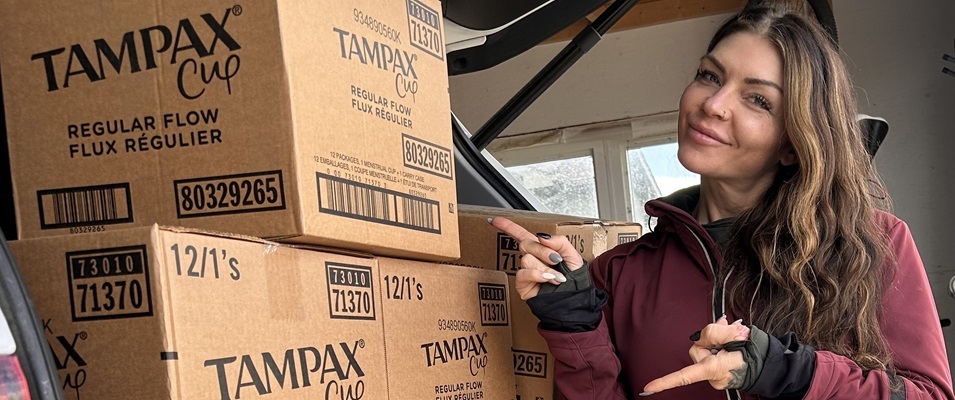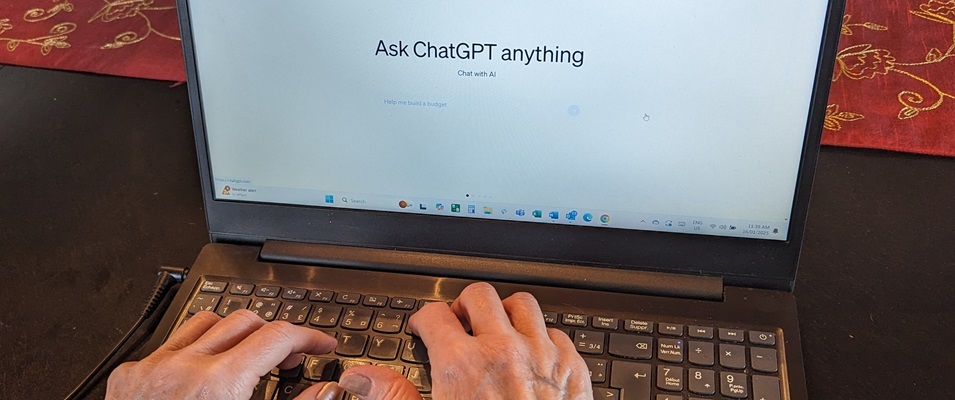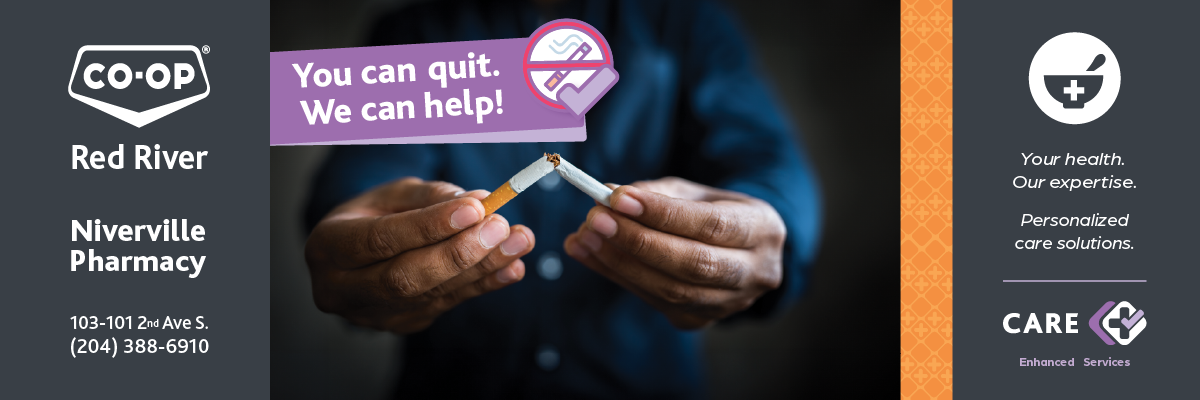Cattails, also known as bulrushes, are native to North America. Wetlands, and oftentimes ditches, are prolific with them. Though once considered an annoying weed, we’ve discovered their usefulness as Mother Nature’s filter, such as in the recently decommissioned lagoon site.
But their usefulness goes far beyond that.
Cattails can be a food source with high nutritional value. They can be processed into paper, jute (used for rope), and textiles, and the flower stock has been used as insulation in clothing and buildings. Virtually every part of the plant has merit.
More recent is the discovery of cattails as an excellent source of biofuel. In his book Alcohol Can Be A Gas!, David Blume says, “While cleaning up sewage better than any known crop, cattails can produce several high-quality byproducts, one of them being [fuel] alcohol. Cattail productivity in sewage liquid is incredible. Its nutrient uptake and biomass production is several times higher than corn.”
Its high-starch content (higher than potatoes) and other unique characteristics make it perfect for distilling, giving it a distinct edge as a safe, environmental alternative to fossil fuels.
According to Blume’s research, if 1,000 miles of roadside ditches in each county in the U.S. were
converted for the harvesting of cattails for fuel alcohol, it would produce 40 percent of the nation’s fuel requirement. At the same time, cattails would detoxify road run-off water that now flows into waterways.
Niverville resident Al Sawatzky has long conducted research into alternative fuel sources. “Our decommissioned lagoon alone has the potential to produce well over 100,000 gallons of fuel alcohol per year. It’s clean energy that our town can use.”
He goes on to add that, outside of harvesting and processing, it’s a completely free resource that is self-
renewing. Such an option could create local jobs and grow our economy while running our municipal vehicles.
“It’s not difficult to convert cars to run on fuel alcohol,” says Sawatzky. “With flex fuel vehicles, no conversions are needed at all.”
It’s clear that the impact cattails have had on our community could be far from over. With a town council interested in innovation and sustainability, even greater things could be in store.


















